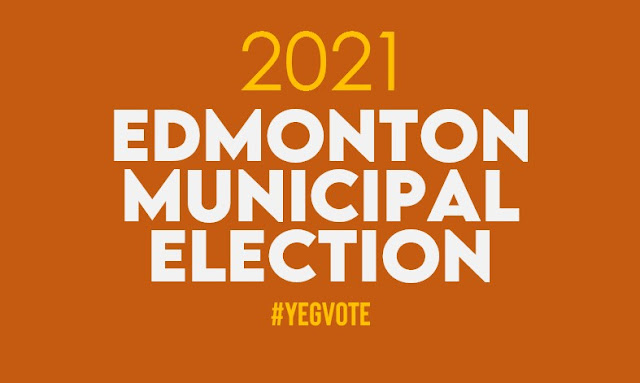Reason #93 of '101 Reasons Why I Heart Edmonton'
The Opera & Ballet
By Emil Tiedemann
English musician and photographer Vernon West Barford (1876-1963) moved to Edmonton on January 15, 1900 from the Northwest Territories, where he taught for two years. In 1904, Barford established Edmonton’s first opera, The Chimes of Normandy, for the newly formed Edmonton Amateur Operatic Society.
That was eventually succeeded by Beatrice Carmichael’s Edmonton Civic Opera (1935-46), Herbert & Eileen Turner’s Light Opera of Edmonton (1950-67), and finally the Edmonton Professional Opera Association in 1963, premiering with Giacomo Puccini’s Madama Butterfly that October, and Jean Letourneay at the helm as artistic director.
By the time the society shortened its name simply to the Edmonton Opera in 1966, our hometown was synonymous with oil, not culture. It was probable that most locals at that time never even knew there was an opera in town, let alone took in one of its shows. Nonetheless, the Edmonton Opera survived and evolved over the coming decades, providing a refined alternative to hockey games and Hollywood movies, and fostering a long legacy of culture in a town that sort of needed it.
But, it wasn’t the only alternative. The Alberta Ballet had been founded in Edmonton in 1958 by Dr. Ruth Carse, as an amateur troupe under the name Dance Interlude. By 1961, the troupe had been incorporated as the Edmonton Ballet Company, and then was reconstituted as a professional dance ensemble in ‘66.
Eventually, the Alberta Ballet - as it became known - would grow into Canada’s third largest dance company, merging with the Calgary City Ballet and relocating to that city by 1990, yet maintaining a presence in Edmonton as well. Fortunately, in 1998, ballet returned to Edmonton on a permanent basis, as Citie Ballet became the city’s resident ballet company.
Citie works with local musicians and artists to put together three inspiring productions every season, from extraordinary original works to beautifully remounted pieces that “reflect Edmonton’s collaborative spirit.” Today, both the Opera and the Ballet are an important part of Edmonton’s diverse and dynamic culture scene, one that has been unfairly underestimated and overlooked for far too long. That doesn’t really happen anymore. #yegculture
By Emil Tiedemann
English musician and photographer Vernon West Barford (1876-1963) moved to Edmonton on January 15, 1900 from the Northwest Territories, where he taught for two years. In 1904, Barford established Edmonton’s first opera, The Chimes of Normandy, for the newly formed Edmonton Amateur Operatic Society.
 |
| The Edmonton Opera's production of Puccini's 'Turandot.' |
That was eventually succeeded by Beatrice Carmichael’s Edmonton Civic Opera (1935-46), Herbert & Eileen Turner’s Light Opera of Edmonton (1950-67), and finally the Edmonton Professional Opera Association in 1963, premiering with Giacomo Puccini’s Madama Butterfly that October, and Jean Letourneay at the helm as artistic director.
By the time the society shortened its name simply to the Edmonton Opera in 1966, our hometown was synonymous with oil, not culture. It was probable that most locals at that time never even knew there was an opera in town, let alone took in one of its shows. Nonetheless, the Edmonton Opera survived and evolved over the coming decades, providing a refined alternative to hockey games and Hollywood movies, and fostering a long legacy of culture in a town that sort of needed it.
But, it wasn’t the only alternative. The Alberta Ballet had been founded in Edmonton in 1958 by Dr. Ruth Carse, as an amateur troupe under the name Dance Interlude. By 1961, the troupe had been incorporated as the Edmonton Ballet Company, and then was reconstituted as a professional dance ensemble in ‘66.
 |
| Citie Ballet |
Eventually, the Alberta Ballet - as it became known - would grow into Canada’s third largest dance company, merging with the Calgary City Ballet and relocating to that city by 1990, yet maintaining a presence in Edmonton as well. Fortunately, in 1998, ballet returned to Edmonton on a permanent basis, as Citie Ballet became the city’s resident ballet company.
Citie works with local musicians and artists to put together three inspiring productions every season, from extraordinary original works to beautifully remounted pieces that “reflect Edmonton’s collaborative spirit.” Today, both the Opera and the Ballet are an important part of Edmonton’s diverse and dynamic culture scene, one that has been unfairly underestimated and overlooked for far too long. That doesn’t really happen anymore. #yegculture



Comments
Post a Comment